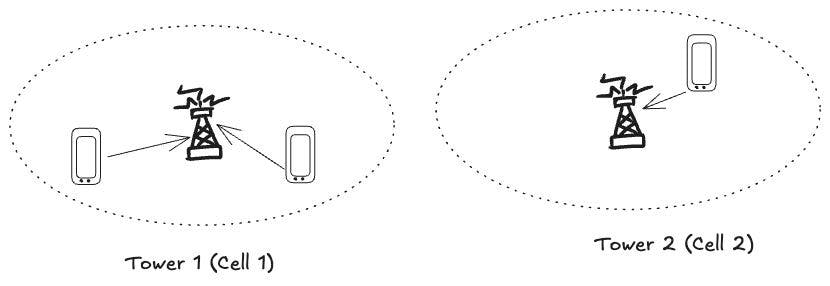
"One of the biggest challenges in modern systems is operating at scale, where rising demands for high availability, scalability, and resiliency must be met."
"By adopting cell architecture in distributed systems, you'll enjoy high availability as cells enhance system resilience, reducing the chance of entire system failures."
"Cell-based architecture promotes safer deployments by enabling phase-wise deployment strategies that reduce the blast radius from deployment issues."
"Cells are self-contained service images, meaning that any issue in one cell doesn't impact another, thus improving overall system resiliency."
The article discusses the significance of cell-based architecture in modern systems facing challenges related to scale, high availability, and resiliency. It highlights how this architectural approach improves system performance by allowing horizontal scaling through independent service cells. Each cell can function autonomously, isolating failures and reducing their impact on the entire system. This design not only enhances reliability and efficiency but also promotes safer deployment methodologies, minimizing risks associated with software updates. Ultimately, adopting cell architecture can lead to a more resilient system that better meets the demands of modern usage.
Read at Hackernoon
Unable to calculate read time
Collection
[
|
...
]